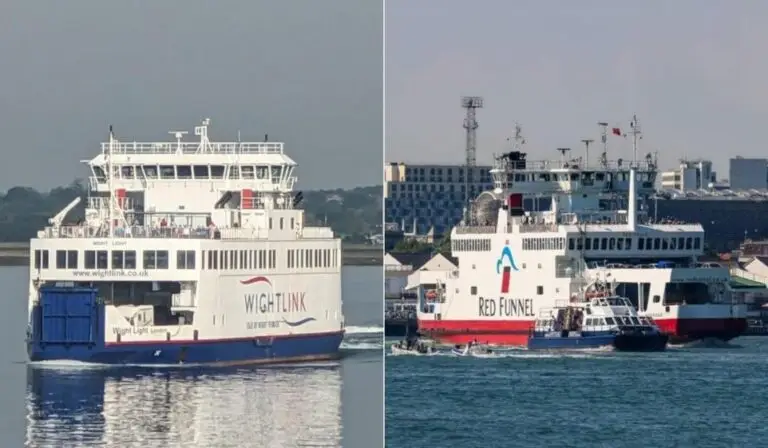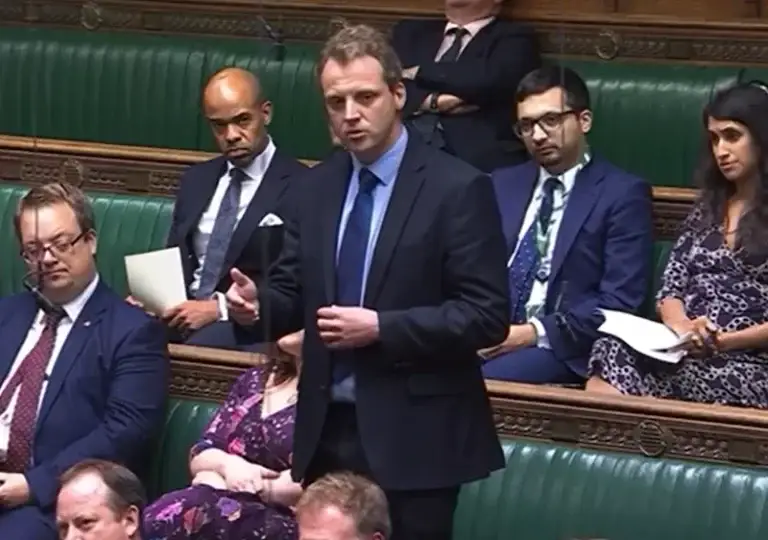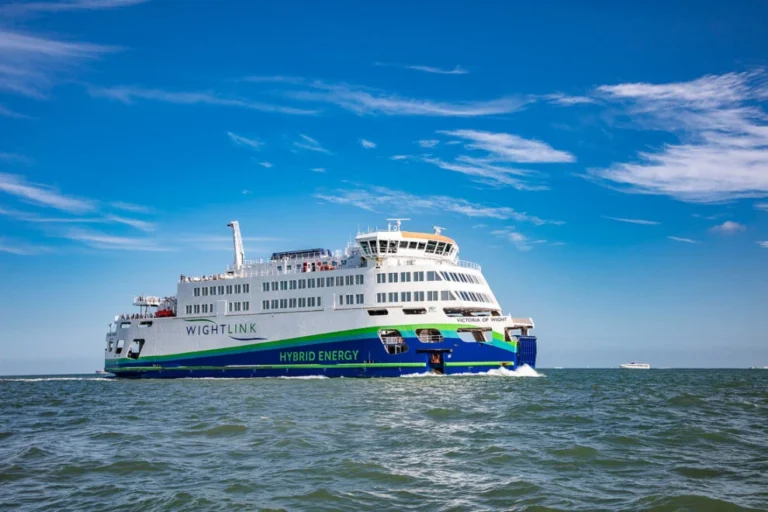HOLMSEY: I miss being able to turn up and travel…
Can I ask you a few simple questions? You won’t need a pen and paper and sorry, there are no prizes. Are you sitting comfortably? Then we’ll begin.
Do you like Marmite? Coke or Pepsi? Farmers’ market or supermarket? Plan ahead or live in the moment? Settle, or search? Heart or mind? Education or life experience? Take advice or ignore it? Public displays of affection or privacy? Open communication or keep a few secrets? Early riser or sleep in? Hide mistakes or own up? Rock or soul music? Petrol, diesel or electric car? Manual or automatic? Observe speed limits or exceed them? Wightlink, Red Funnel or Hovertravel?
The hover’s definitely best for speed, but if, like me, you live in the West Wight, it’s pretty useless, and so is the Fastcat. I rarely go to Portsmouth, so haven’t used the car ferry at Fishbourne for years. Living near Yarmouth means crossing from East Cowes is a bit of a pain too. I’d need to leave home at least an hour before sailing and, assuming the ferry’s running, the crossing takes another hour then you can wait another 10 minutes to disembark.
For practical reasons, Yarmouth–Lymington was my ferry route of choice. I still commute up to five days a week, and recall, with fondness, the service we once enjoyed.
Cenred, Cenwulf and Caedmon – the lovely old boats – were built in Scotland and shuttled back and forth every half hour. Other than the busiest summer Saturdays, you could usually just turn up and board. On the rare occasions that wasn’t possible, you’d wait 30 minutes.
That all changed when the greedy offshore owners gambled on bigger boats. The Croation-built replacement vessels, Wight Sky, Sun and Light are significantly larger.
Initially, the people of Lymington hated them for dominating their skyline, but Wightlink knew the extra size had two distinct advantages. If traffic volumes grew, they could accommodate far more vehicles. If traffic didn’t grow, they could cut the service to the bone and cram all the traffic onto fewer sailings. Less cost, same revenue – it’s been great for Wightlink’s bottom line.
Now, for many months of the year the service operates two hourly – which is pants for regular users. The ‘new’ boats had engine reliability issues; their Volvo engines occasionally exploded, even causing crew injuries. People lost faith in the route.
Five years ago, Yarmouth sailings stopped completely, and the crews were furloughed.
As a key worker, I still needed to travel so I decided to take matters into my own hands. I’ve used my own little boat ever since, and it’s carried me reliably in all weathers. No more ferry stress, no more rushing for boats that may or may not run.
Everyone seems agreed the Island’s ferry services are in crisis. They’re expensive and often unreliable. I know we’re all experts these days, but if anyone asks you about building a fixed link, please don’t share your thoughts. Unless you have up-to-date technical expertise in construction, your views are irrelevant. No-one is asking you to design or build a fixed link. No-one wants you to decide where it might start or finish, nor do they want you to fund it or decide how it’s paid for.
Frankly, no-one has the answers to these important questions yet.
So, the real question is actually very simple. Would you like a viability study into a fixed link? I’ll say that again slowly. No-one is asking you if you’d prefer bridges or tunnels, they just want to know if you’d like a viability study, and that’s fairly easily done.
If, like me, you’d like a study, then make sure you let campaigners in favour of it know.





